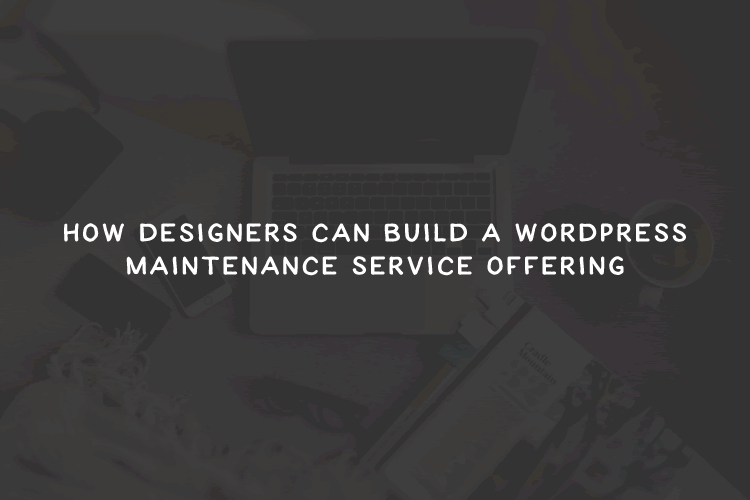


How to Successfully Run a WordPress Multisite Network

How to Deal With Outdated WordPress Plugins

Diving into WordPress Custom Post Types & Taxonomies

How to Connect WordPress to Cloud Storage Services

6 Starter & Barebone Themes for WordPress Development

How to Create a Custom User Role in WordPress

How to Update WordPress Themes and Plugins with a ZIP File

How to Build a WordPress Maintenance Service

How to Troubleshoot WordPress Website Email Issues

When Does Using Headless WordPress Make Sense?
